9 grand journeys from Central Asia to North Africa


From cruising down the legendary Nile River to gazing at the art tiles of Uzbekistan, here is our pick of grand journeys to take from Central Asia to North Africa.
1. The Nile River, Egypt
Travelling with: Imogen Eveson
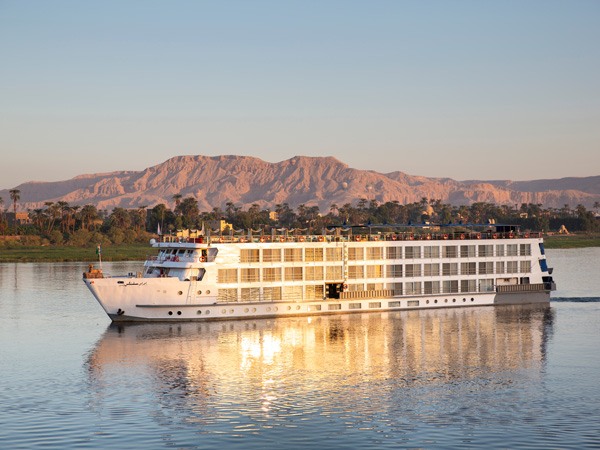
Sail the legendary Nile with Uniworld Boutique River Cruises.
The legendary Nile, widely regarded as the longest river in the world, looms large in the collective imagination. Intertwined with the history and culture of Egypt, it remains the most evocative way to experience this North African land of palm trees and pyramids. Uniworld Boutique River Cruises, Viking and Avalon Waterways are among the top-tier cruise lines navigating Egypt’s mighty magical river.

Unwind on the pool deck onboard Viking Osiris.
2. Riad-hopping in Marrakech
Travelling with: Imogen Eveson

The Mellah by French-Moroccan creative Simohamed Azzouz.
Hop between Marrakech’s new wave of riads to experience not only the city’s storied heritage – a riad being a traditional Moroccan home built around a courtyard – but also its creative pulse today. The latest crop includes Rosemary, IZZA and The Mellah, a neighbourhood hideaway by French-Moroccan creative Simohamed Azzouz. Here, traditional craft meets contemporary art in every detail, culminating in a burgundy rooftop pool with sweeping views across the Red City.
3. Volubilis, Morocco
Travelling with: Emma Ventura
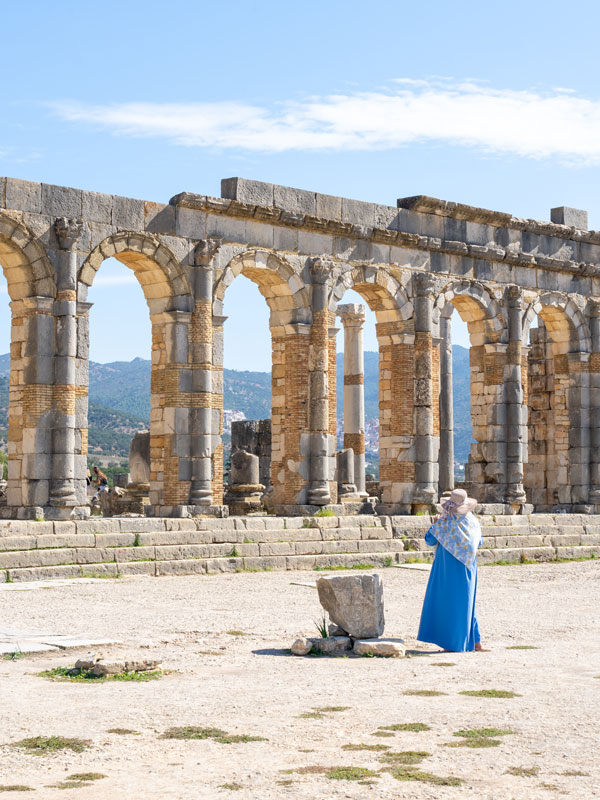
Visit Volubilis in Meknes, Morocco. (Image: Getty/JHVEPhoto)
From the moment its calcarenite arches and columns pop into view over a luminous green plain, Volubilis is a showstopper. Approached on an unstable spring day below a sky baggy with rain clouds, this enduring treasure in Morocco’s fertile northern heartland – 33 kilometres north of Meknes – feels wild, unspoilt and wholly unexpected on a road trip from Tangier to the Sahara. The 40-hectare site contains the ruins of a beautifully preserved city that the Berbers built in the 3rd century BCE and which was taken over by the Romans. Including temples, olive presses, townhouses, administrative buildings and stunning mosaics, it’s a tangible reminder that Morocco’s vibrant, cross-cultural heritage stretches back into ancient times.
4. The Silk Road by rail
Travelling with: Carla Grossetti

The luxury train traces through breathtaking desert landscapes.
The new Golden Eagle Silk Road Express retraces a route once travelled by everyone from mystics to merchants. From the ancient capital of Xi’an to the bazaars of Bukhara, each stop along the iconic journey captures the romance of adventure from the comfort of your elegant Superior Cabin with en suite. It’s the perfect sanctuary from which to watch the landscapes unfold. See it all on the 22-day Grand Silk Road from Beijing to Tashkent rail journey in 2026.
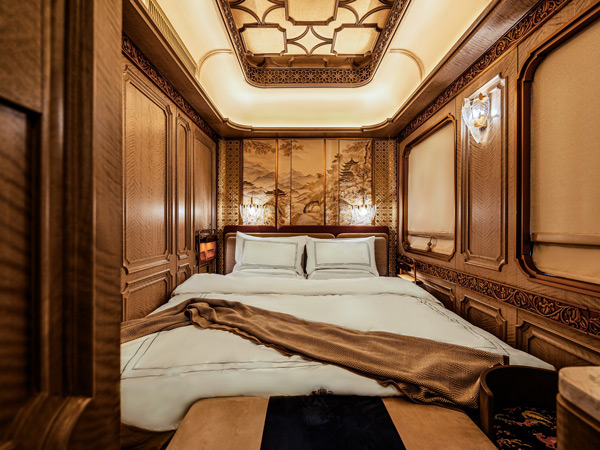
Stay in the opulent Han Dynasty Suite.
5. A photography tour of Kazakhstan
Travelling with: Imogen Eveson

Charyn Canyon is renowned as the Grand Canyon of Central Asia. (Image: Shutterstock)
The world’s ninth-largest country, Kazakhstan, is as diverse as it is dramatically beautiful. A new World Expeditions tour, limited to just 10 travellers and departing 19 March 2026, ventures into the Central Asian nation’s wild west alongside award-winning travel photographer Richard I’Anson. Sharpen your drone skills while capturing a desert dreamscape of wind-carved canyons, rainbow-coloured hills and vast salt flats.
6. Petra, Jordan
Travelling with: Elizabeth Whitehead
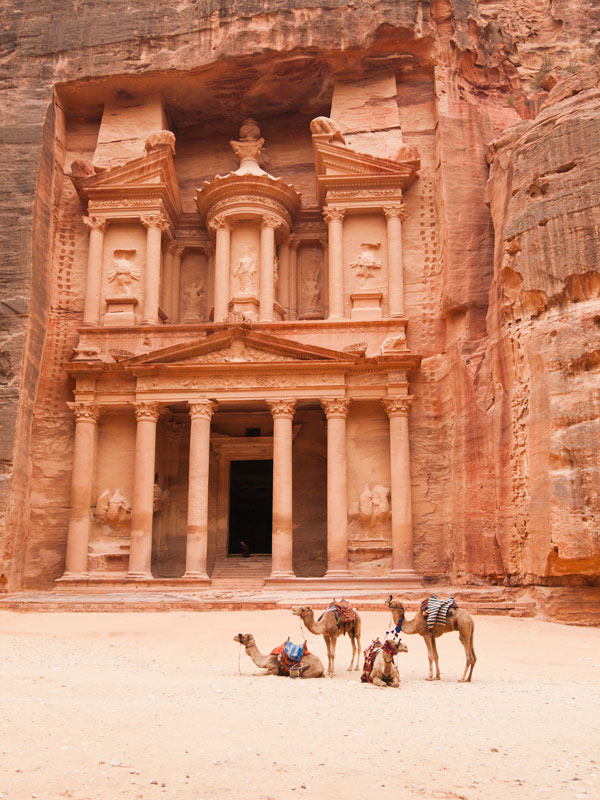
Walk through the ancient city of Petra. (Image: Getty/holgs)
The ancient city of Petra in modern-day Jordan was built to last. Hewn directly into the rock by the Nabataeans in the 4th century BCE, these buildings are far from rustic. Perhaps none more so than the famed Treasury, whose facade is adorned with elaborate detail. Enter through the winding canyon and you’ll emerge before it, basking in the rosy glow of sandstone and bathed in millennia of history.
7. Museums of the UAE
Travelling with: Carla Grossetti

The Louvre Abu Dhabi is a cultural icon with works that span every medium. (Image: Department of Culture and Tourism Abu Dhabi/Yiorgis Yerolymbos)
There’s a new cultural wave sweeping across the UAE. From the Louvre Abu Dhabi to the long-awaited Zayed National Museum, these museums and galleries are treasure troves that contain incredible artefacts. Set to open in 2026, Frank Gehry’s Guggenheim Abu Dhabi, the largest of its kind, will continue that narrative about the importance of the ideas that are being exchanged in the region through architecture and art.
8. Khawr Shamm, Oman
Travelling with: Dilvin Yasa
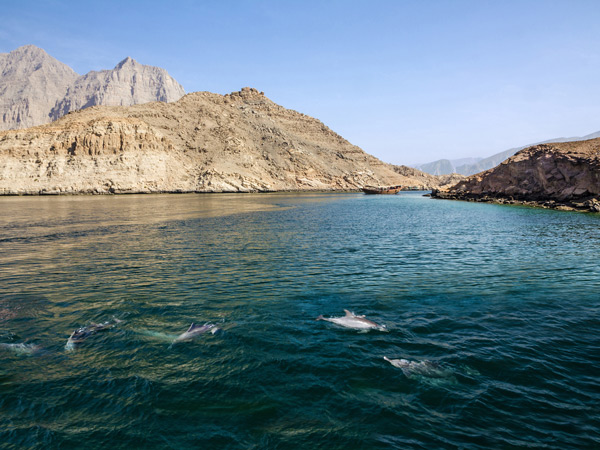
See bottlenose dolphins on a Celestyal Cruises shore excursion. (Image: Getty/Travel Faery)
The dolphins know you’re onto a good thing; they leap beside you like Russian gymnasts as your traditional Arabian dhow slowly glides alongside the imposing limestone cliffs of Oman’s Khawr Shamm, the longest fjord of the Musandam Peninsula. On this half-day Celestyal Cruises shore excursion, the bottlenose lovelies are far from the only majestic sighting. As you lay out on your kilim cushion and sip endless cups of tea, remote fishing villages dotted along the coastline invite intrigue. Turquoise waters teeming with coral reefs plead with you to take a dip in a part of the world where few people venture. There’s no better place to embrace the art of slow.
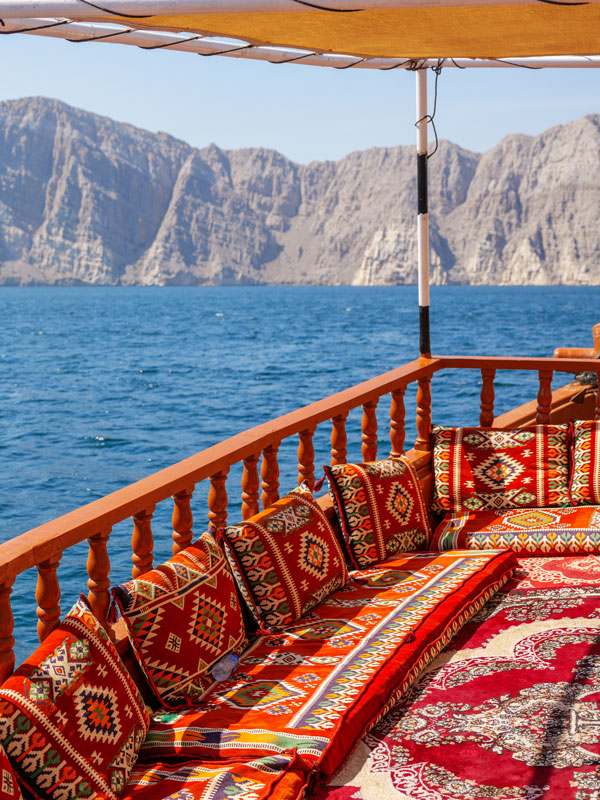
Ride a traditional dhow boat along Khawr Shamm. (Image: Getty/Kusska)
9. The art tiles of Uzbekistan
Travelling with: Joanne Karcz
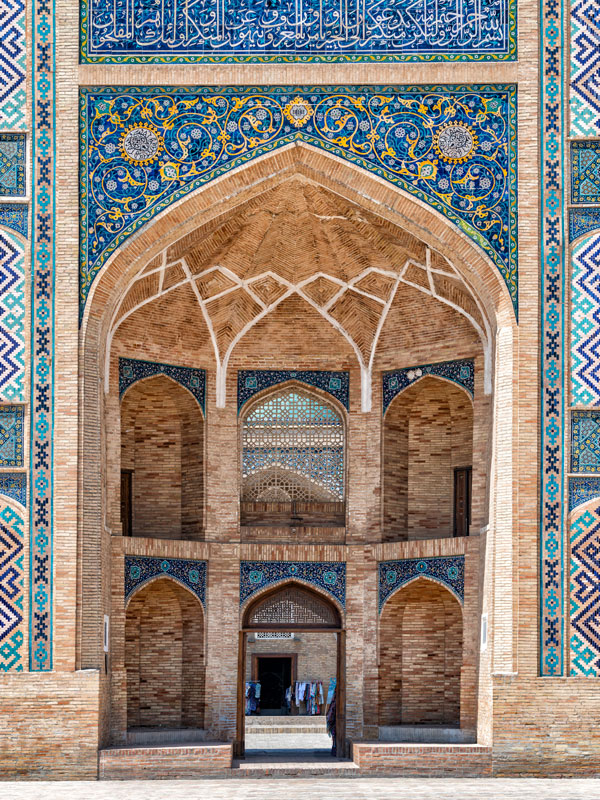
See intricate detail and Arabic calligraphy on the tiled walls of the 16th-century structure. (Image: Getty/Luca Ladi Bucciolini)
Gazing at the blue, white and turquoise tiles and mosaics adorning Uzbekistan’s ancient mosques, mausoleums and madrasahs (Islamic schools) is breathtaking. My journey through Uzbekistan, along parts of the Old Silk Road, begins in the Hazrati Imam Complex in the capital, Tashkent. Leafy vines in shades of white and blue swirl across hand-painted majolica tiles above the entrance of the 16th-century Abu Bakr Kaffal Shoshi Mausoleum. I learn that these complex floral designs, intricate interlocking geometric patterns and calligraphy are typical of Islamic art. To my untrained Western eye, the glazed bricks form an attractive border framing the entry hall. But they are not only works of art. Laziz, our guide, explains that the decorative blue and turquoise tiles form words written in Square Kufic script. These walls can be read like the pages of a book.


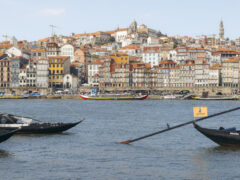









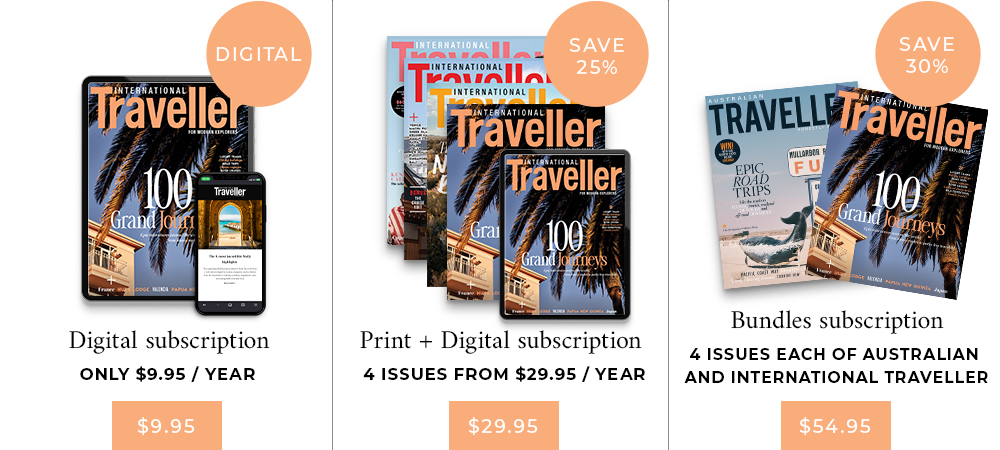

LEAVE YOUR COMMENT